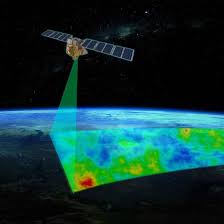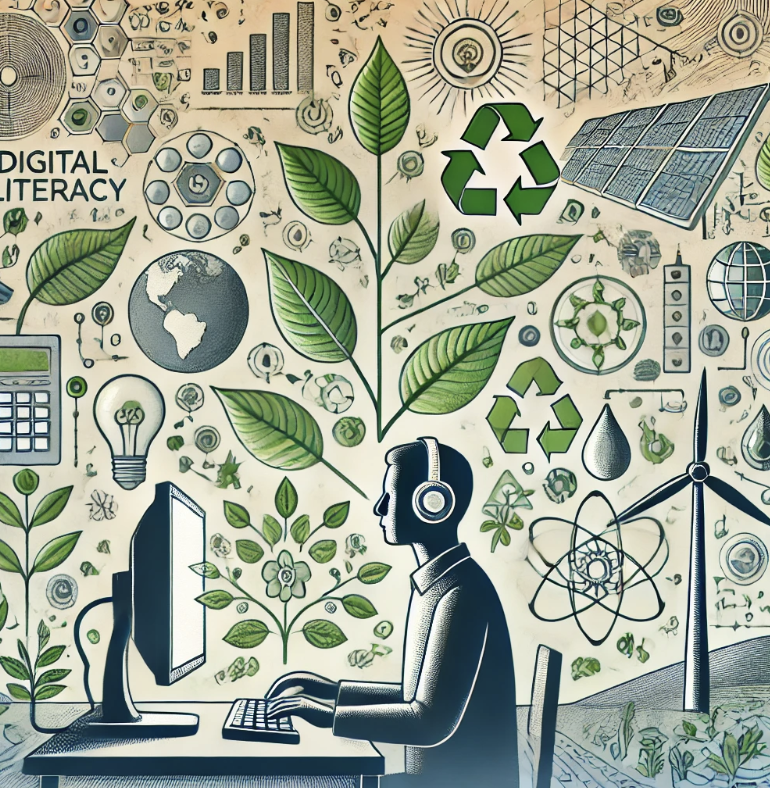Do you want to learn more about GNET ?
Click on the button below and download the guidelines for moderators to host debates.

Methane emissions, be it from industrial cattle farming or fossil fuel extraction, are responsible for roughly 30 percent of the Earth’s climate change issues. But despite the massive amounts of methane emissions released into the atmosphere every year, it’s often difficult to track the pollutant—apart from being invisible to the human eye and satellites’ multispectral near-infrared wavelength sensors, methane is also hard to assess due to spectral noise in the atmosphere.
To help tackle this immediate crisis, Google and the Environmental Defense Fund are teaming up for a new project with lofty goals. Announced in a new blog post earlier today, MethaneSAT in a new, AI-enhanced satellite project to better track and quantify the dangerous emissions, with an aim to offer the info to researchers around the world.
“MethaneSAT is highly sophisticated; it has a unique ability to monitor both high-emitting methane sources and small sources spread over a wide area,” Yael Maguire, Google’s VP and General Manager of Geo Developer & Sustainability, said in a February 14 statement.
To handle such a massive endeavor, the EDF developed new algorithmic software with researchers at the Smithsonian Astrophysical Observatory andHarvard University’s School of Engineering and Applied Science and its Center for Astrophysics. Their new supercomputer-powered AI system can calculate methane emissions in specific locations, and subsequently track those pollutants as they spread in the atmosphere.
MethaneSAT is scheduled to launch aboard a SpaceX Falcon 9 rocket in early March. Once deployed at an altitude of over 350 miles, the satellite will circle the Earth 15 times per day at roughly 1,660 mph. Aside from emission detection duties, Google and EDF intend to harness their AI programs to compile a worldwide map of oil and gas infrastructure systems to hone in what aspects rank as the worst offenders. According to Google, this will function much like how its AI programs interpret satellite imagery for Google Maps. Instead of road names, street signs, and sidewalk markers, however, MethaneSAT will help tag points like oil storage containers.
“Once we have this complete infrastructure map, we can overlay the MethaneSAT data that shows where methane is coming from,” Maguire said on Wednesday. “When the two maps are lined up, we can see how emissions correspond to specific infrastructure and obtain a far better understanding of the types of sources that generally contribute most to methane leaks.” Datasets like these could prove valuable to watchdogs and experts attempting to rein in oil and gas emission locations that may become more prone to leaks.
All this much-needed information is intended to become available later this year through the official MethaneSAT website, as well as Google Earth Engine, the company’s open-source global environmental monitoring platform. In the very near future, the new emissions data will be able to combine alongside datasets concerning factors like waterways, land cover, and regional borders to better assess where we are as a global community, and what needs to be done in order to stave off climate change’s worst outcomes.
You must be logged in to post a comment.








Click on the button below and download the guidelines for moderators to host debates.
The MethaneSAT project is a significant step towards addressing the urgent issue of methane emissions. By combining advanced AI technology with satellite imagery, this initiative offers the potential to accurately track and quantify methane leaks, providing valuable data for researchers and policymakers.
The collaboration between Google and the Environmental Defense Fund is particularly noteworthy, demonstrating the power of public-private partnerships in tackling environmental challenges. The ability to map oil and gas infrastructure systems and identify specific sources of emissions will be invaluable in developing targeted mitigation strategies.
While the launch of MethaneSAT is a promising development, it is essential to ensure that the data collected is accessible and utilized effectively. Making the information available through platforms like Google Earth Engine is a crucial step in promoting transparency and facilitating action.
Ultimately, the success of MethaneSAT will depend on its ability to drive meaningful change. By providing actionable insights and empowering stakeholders to address methane emissions, this project can make a significant contribution to mitigating climate change.
The MethaneSAT project is indeed a large and ambitious one, but the project does need to take into account the willingness of countries and regions to make this data publicly available when producing a worldwide map of oil and gas infrastructure systems, which could otherwise involve disputes over international affairs.
It’s refreshing to see ai being used in a way that it should be used – doing jobs that may be tedious or undoable by humans
Methane emissions are a huge part of the climate change puzzle, and being able to track them accurately is a game-changer. MethaneSAT’s advanced tech and AI will give researchers and policymakers the tools they need to pinpoint and reduce these emissions. Big props to Google and the Environmental Defense Fund for leading the charge on this.